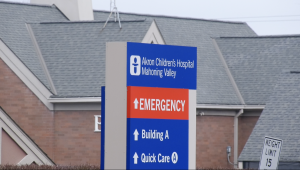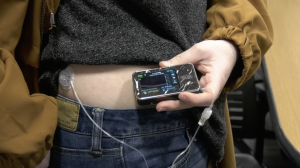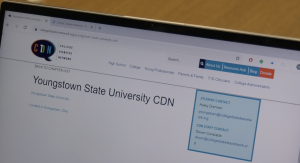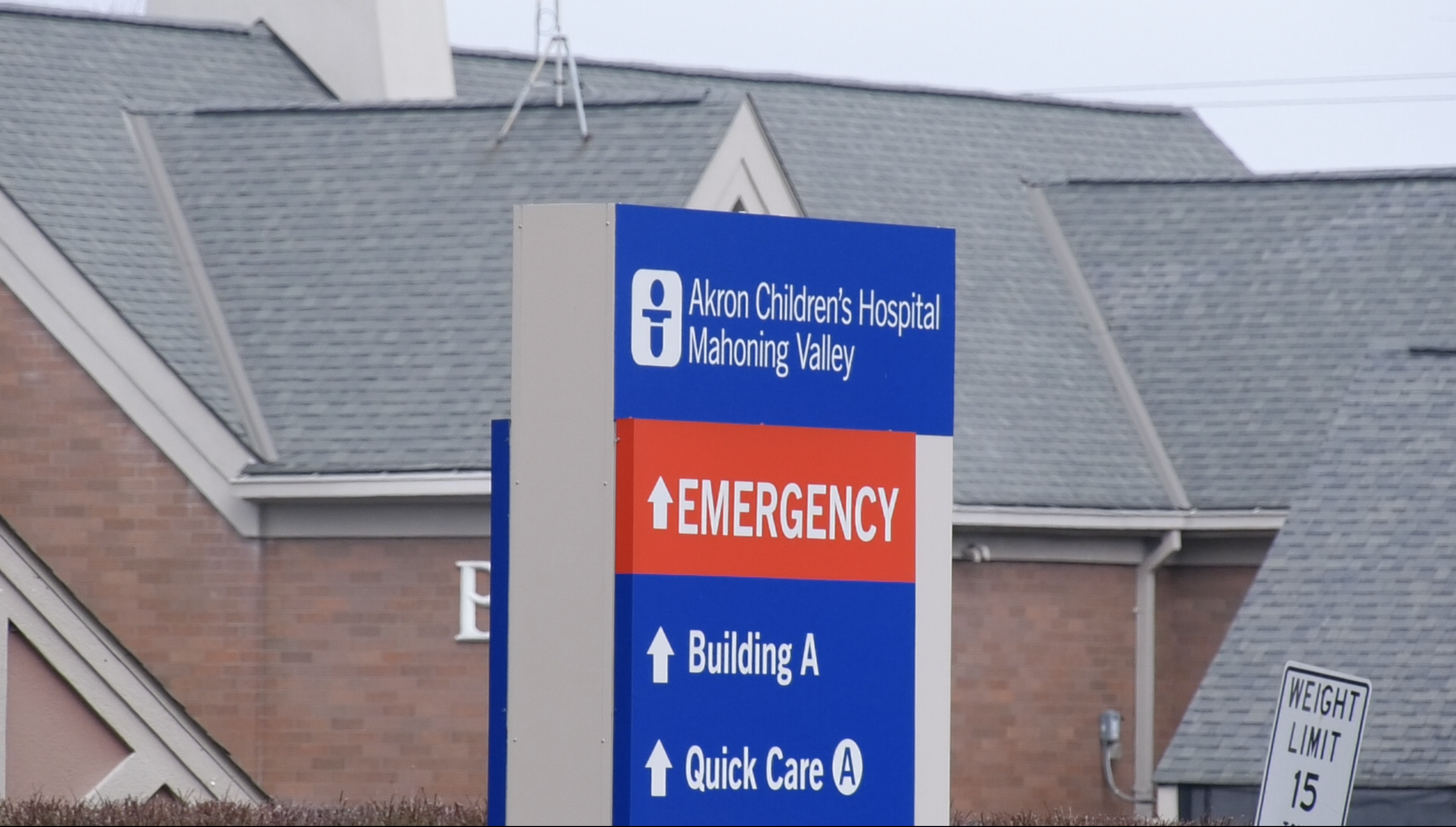By Amanda Joerndt
When Haley Drennen was first diagnosed as a Type 1 diabetic, her family had to make major adjustments to afford her treatment.

“My mother changed jobs so she could get better health insurance coverage with Medical Mutual, and they have a diabetes management plan,” Drennen, a sophomore pre-business major at Youngstown State University said. “That helps me get insurance coverage for my insulin and all of the devices I use.”
The American Diabetes Association stated in a press release the average price of insulin nearly tripled between 2002 and 2013.
The ADA press release states more than 7.4 million individuals living with diabetes are required to take insulin as a “life-sustaining medication for which there is no substitute.”
To combat this price increase, the Insulin Price Reduction Act “seeks to address the skyrocketing cost of insulin by providing incentives for manufacturers to reduce the list price of all insulin products to their 2006 list price,” according to the press release.
As a result of the price increase for insulin, a person with diabetes may resort to rationing insulin doses, putting themselves in potentially dangerous situations, according to Melanie Shoaf, a certified pediatric nurse practitioner and certified advanced diabetes manager at Akron Children’s Hospital Mahoning Valley.
“Sometimes what we see is college students may ration their insulin where they’re using less of it to prevent them from getting sick but enough to maintain them,” Shoaf said.

Drennen manages her Type 1 diabetes through an insulin pump that eliminates having to inject insulin into her body several times a day and monitors her carb intake and blood glucose value.
“I talk on the phone for about 20 minutes every three months with a nurse from Medical Mutual and we go over my daily activities, plans and goals I have to manage my diabetes and that is their form of care support for their clients,” Drennen said.
Drennen’s insulin pump costs $8,000, and she said she’s thankful that her parents give her financial support.
“It lasts four years, but still, it’s really expensive,” she said. “If your insurance doesn’t cover it, you’re paying out of pocket for those costs.”
Sabrina Harrison, a freshman graphic design major, said her Type 1 diabetes treatments are covered by her insurance, but she might have to pay large sums of money in the future to continue her treatments.
“The high price on top of college debt is certainly heavy on the wallet,” she said.
Drennen said transitioning into her college lifestyle while managing her diabetes was an adjustment.
“That just teaches someone to be an advocate for themselves,” she said. “You just want to let people know what’s going on so if something does happen in an emergency situation, they can help you.”
Joseph Mistovich, professor and chair of the health professions department at YSU, said performing normal daily activity is different for a person with diabetes.
“You go out and run three miles, and by the end of it, you’re now hypoglycemic,” he said. “Running uses a bunch more glucose, so you burn that, and you now have nothing left over. The diabetic has to think of all of these things.”
Mistovich said some students may experience diabetic symptoms without knowing until an emergency situation occurs.
“You get a whole bunch of kids coming to campus and living on campus that fit that age group, and again they would never know because the signs and symptoms occur over a long period of time,” he said.
Drennen is the founder of the Youngstown chapter of the College Diabetes Network and said she hopes the organization can support other students facing diabetic challenges.

“I hope [students] can come to me for advice and talk about their problems, or maybe they have a better solution than what I did and tell me how I can help other people,” she said.
Harrison said she hopes the chapter is able to gain more members within its community.
“It’s nice that there are a few people on campus that know about diabetes and understand certain facts, and that there is at least one other person with diabetes that I know of on campus,” she said.
The Centers for Disease Control and Prevention reports a person with diabetes is two to three times more likely to have depression than a person without diabetes and 25% to 50% who have depression are diagnosed and treated.
“Depression is huge because they have to deal with their disease 24 hours a day, seven days a week and it just wears them out,” Mistovich said. “It all relates to them having to be aware of this disease.”
According to Shoaf, the medical industry has come a long way with diabetic technology, but young adults still face a degree of responsibility with the diagnosis and may face challenges regarding their meal schedules, sleep and wake schedules and activity schedules.
“Many of those pieces of technology can have apps that are on their phone and that data can also be shared with a loved one, friend, parent, who can serve as a resource to help the student manage their diabetes,” Shoaf added.
